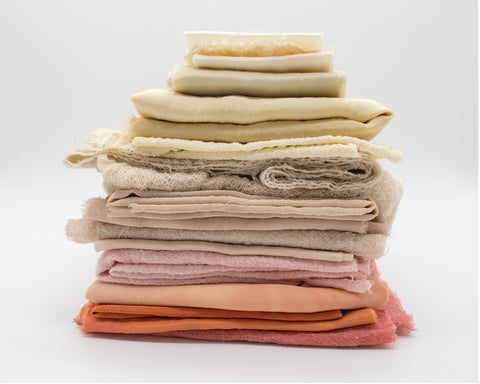Making Sustainable Fashion Choices.

Welcome to the journey towards sustainable fashion – I'm excited to dive into the world of eco-friendly clothing brands with you!
I'm thrilled to see your interest in supporting sustainable clothing brands. It's a fantastic step towards a greener, more compassionate world. But hey, I get it – navigating the sea of buzzwords and greenwashing in the fashion industry can be overwhelming. That's why I'm here to help you decipher what truly makes a brand sustainable and eco-friendly.
First things first, let's talk about the big picture. Sustainability isn't just about the materials used in clothing; it's about the entire journey – from raw material extraction to manufacturing, consumer use, and disposal. It encompasses fair labor practices, chemicals used in production, recyclability, and more. So, when you're on the lookout for sustainable brands, don't just skim the surface – dig deep into their practices and values.

Now, let's break it down step by step:
1. Fabric Matters:
Pay attention to the fabrics a brand uses. Are they natural or synthetic? Natural fibers like organic cotton, hemp, and linen are eco-friendly choices, as they require fewer resources and are biodegradable. On the other hand, synthetic fabrics like polyester contribute to microplastic pollution when washed.
2. Consider the Manufacturing Process:
How was the fabric made? Look for brands that use environmentally friendly production methods, minimizing chemical use and waste. Organic cotton, for example, requires less water and less to no pesticides compared to conventional cotton.
3. Dye Responsibly:
Fabric dyes can be harmful to both the environment and our skin. Seek out products dyed with OEKO-TEX approved dyes, which are safe for human use and don't pollute waterways.
4. Reduce Waste:
Pay attention to a brand's approach to waste reduction during the manufacturing process. Less waste means less impact on the environment. Look for brands that prioritize efficiency and sustainability throughout their supply chain.
5. Consider the Carbon Footprint:
Shipping products contributes to carbon emissions. Opt for brands that minimize their carbon footprint through sustainable shipping practices, such as carbon offsetting or using eco-friendly transportation methods.
6. Choose Quality Over Quantity:
Investing in high-quality, durable clothing may cost more upfront, but it pays off in the long run. Quality items are more likely to last longer, reducing the need for frequent replacements and ultimately lessening the burden on landfills.
Remember, every purchase we make is a vote for the kind of world we want to live in. By supporting sustainable clothing brands, we're not just buying clothes – we're supporting ethical practices, protecting the environment, and advocating for a brighter future. So, let's shop consciously, wear our values, and make a positive impact, one outfit at a time. Together, we can change the fashion industry for the better.




